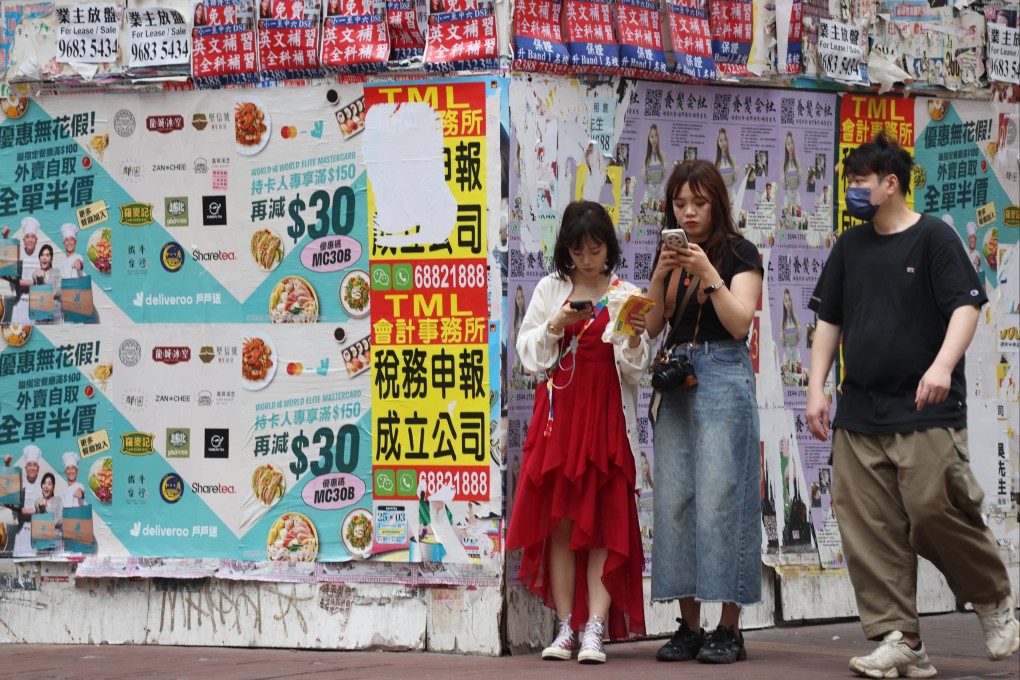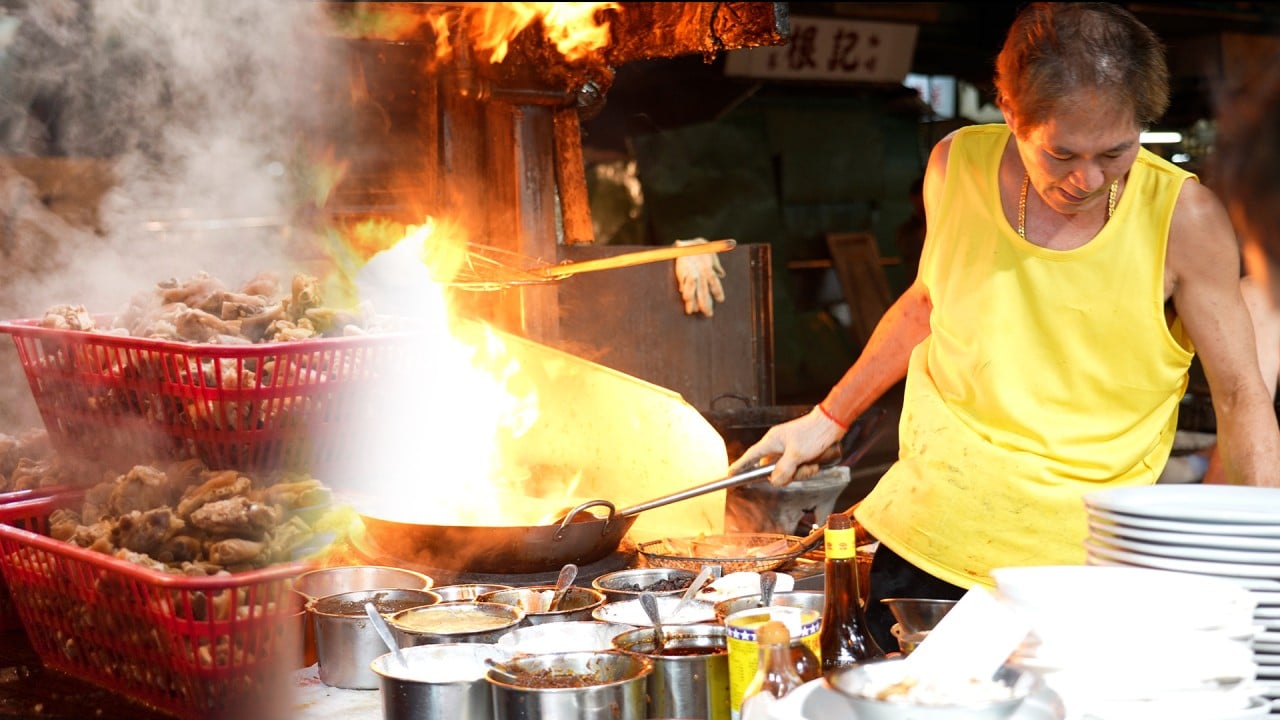Advertisement
Bubble tea, hotpot vanish as mainland Chinese retailers bear the brunt of Hong Kong’s rent
- A tide of mainland Chinese brands expanding in Hong Kong has ebbed, with several food and beverage chains ending their tenancies amid intense pressure
Reading Time:3 minutes
Why you can trust SCMP
3

A tide of mainland Chinese retail brands expanding in Hong Kong appears to have ebbed, with several food and beverage chains ending their tenancies as their businesses have come under intense pressure. Newcomers need to think hard about the locations they select and how best to cater to local tastes to survive sky-high rents and fierce competition, analysts and industry insiders say.
Advertisement
LMM (Ling Meng Meng), a lemon tea brand, closed its first shop in Hong Kong last week, less than a year after opening it. The 300 sq ft shop in Mong Kok’s Dundas Street, had been costing LMM HK$70,000 (US$8,968) per month.
The original lease term was until April 2025, but the landlord has been trying to transfer the contract to new tenants since January with an asking price of around HK$50,000, market insiders said.
Just 100 meters away on the same street, Radish Southward, a mainland restaurant specialising in spicy Hunan food, had closed its doors a few days earlier, just four months after it entered the Hong Kong market. Covering some 1,745 sq ft, the restaurant was originally rented at about HK$250,000 a month under a three-year lease ending in December 2026.
The situation contrasts with the scenes outside the outlets just a few months ago, when people queued up to buy a cup of tea or try a taste of mainland food.
Jo’s Cha in Causeway Bay is facing a similar decline in demand for its tea.

Advertisement
